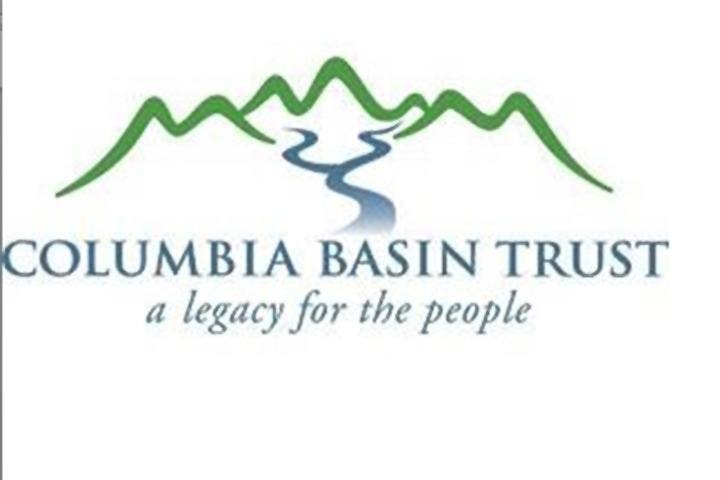A new acorn of money has fallen from the Columbia Basin Trust tree and the call is out for people to determine how to spend it.
A volunteer from Rossland is sought to join a committee to distribute the $200,000 annual funding from the CBT.
The CBT is supporting groups of communities to work together to determine priorities for the area as whole (not each individual community).
CBT will then provide funding ($200,000 a year), for three years initially, for the area to work to achieve those priorities. This is being implemented across the Columbia Basin region as groups of communities are ready.
Rossland Mayor Greg Granstrom met with the mayors of Fruitvale, Montrose, Warfield and Trail, as well as electoral area representatives, in late July to determine how the money would be governed.
Granstrom pushed for the money to be the jurisdiction of citizens of the area, not elected officials.
“That was the intent of the Columbia Basin Trust was to make sure this was a community initiative and I thought it should be community-driven and regional in thinking,” he said.
“This isn’t about Rossland, it’s about the region.”
He said cooperation amongst the communities’ elected officials hasn’t always been conducive to thinking regionally, but if the keepers of the purse strings are residents themselves, perhaps there can be some better cooperation.
“And then the money would be used for regional benefit,” he said.
Granstrom said the committee will be formed by October, 2013 and will likely meet monthly at first and possibly less once the initiative is well underway.
A member is expected to attend meetings, to ‘think regionally,’ and to be part of the decision-making in developing a plan and allocating funds. CBT will support the committee in evaluating progress over time.
The first appointments of members shall be made by elected representatives of the seven communities.
In the first year, five committee members shall be appointed to serve two-year terms and five members shall be appointed to serve a one-year term.
At the expiration of those terms, subsequent appointments shall be made for two-year terms. Members may be re-appointed.
The appointed chair of the committee shall serve for two years and may also be re-appointed.
People can apply for the committee by contacting City Hall before Sept. 12.
How does it work?
The following steps are needed to get this initiative launched:
The community must be ready, meaning the geographic region is determined, elected officials in the various communities are supportive, and intent to work together on regional issues is in place.
A structure is in place to manage the planning and the funds that will be transferred. This means a committee to do the work and a ‘home’ organization to legally and otherwise be accountable for the work (The LCCDT has agreed to be the organization and the committee is now being formed.).
A plan is developed by the committee to clarify the priorities the funds will be used for. That plan needs to include the views of the seven communities and a range of sectors in the Lower Columbia area (business, non-profit, social, arts, economic, and environment for example).
What is a committee member’s responsibility?
The committee will consist of 11 members: a chair appointed by LCCDT; one community member from each of the seven communities in the area, initially appointed by local government leaders; and three members-at-large that the committee itself will choose.
The role of the committee is to:
• Develop a plan and priorities for the Lower Columbia (Fruitvale, Montrose, Rossland, Trail, Warfield and Areas A and B of the Regional District of Kootenay Boundary), to be used to guide funding allocation of multi-year funding from Columbia Basin Trust.
• The plan will be developed with appropriate and transparent community engagement which will support a CBT requirement for community consultation, as well as support the area’s expectation for public participation in decision-making.
• Develop criteria to assist in selecting or developing projects which the Committee considers to be of strategic importance to Lower Columbia which align with the developed plan for Lower Columbia; and which offer benefits to a broad base of residents;
